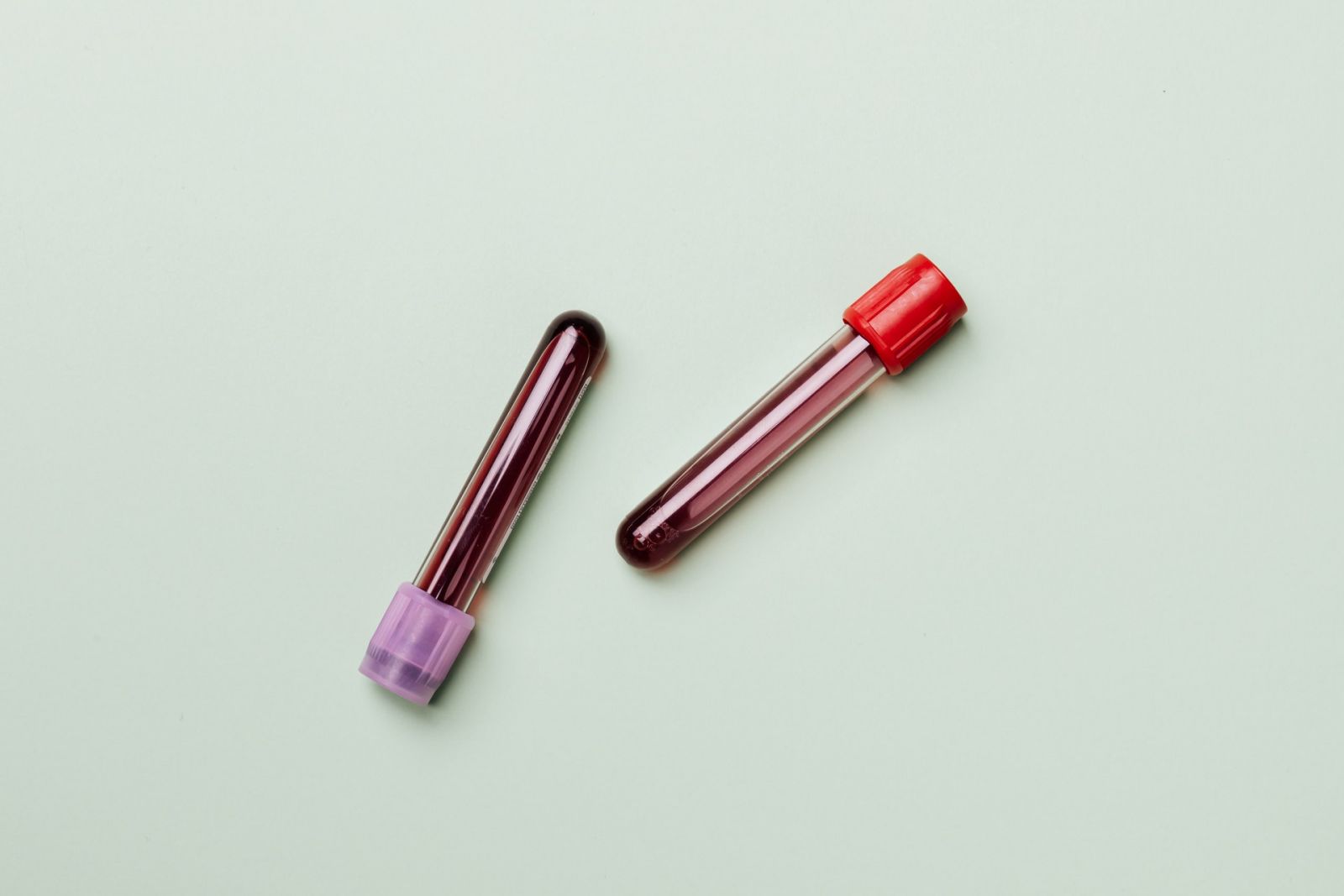What is Testosterone Deficiency Syndrome?

Testosterone Deficiency Syndrome (TDS) is a condition where a man’s body does not produce enough testosterone. Symptoms of low testosterone can greatly affect the quality of your life and some may feel embarrassed to bring it up or seek medical help. However, it may be more common than you think, with about 1 in 4 men above the age of 45 affected by some degree of testosterone deficiency.
Testosterone is the male sex hormone produced by the testes and has an important role in many bodily functions. This hormone helps to regulate sex drive, muscle mass and strength, bone mass and fat distribution. It is also needed to produce sperm. During puberty, testosterone levels increase significantly and are responsible for the development of male sexual organs, facial hair and deepening of the voice. After the age of 30, testosterone production begins its gradual decline.
Symptoms of Testosterone Deficiency Syndrome
When a man’s testosterone level drops below a certain level, he may begin to experience a variety of symptoms. These symptoms can vary between individuals, but should prompt you to get your testosterone levels checked.
Testosterone Deficiency Syndrome symptoms in adult men include, but are not limited to:
- Low energy levels
- Loss of muscle mass and strength
- Decrease in sex drive (libido)
- Erectile dysfunction
- Reduced body and facial hair
- Increase in body fat
- Poor concentration, irritability
- Fatigue
- Depression

Causes of Testosterone Deficiency Syndrome
As men age, circulating testosterone levels naturally decrease. This happens at a rate of about 1% a year, after men hit the age of 30.
Three main factors contribute to this gradual decline, by reducing free testosterone levels:
- Decrease in the number of cells in the testes that produce testosterone
- Fewer signals from the pituitary (a gland in the brain) telling the testes to make testosterone
- A protein called SHBG (sex hormone-binding globulin) increases with age and binds to more free testosterone
While testosterone levels decrease naturally with age, external factors can lower testosterone at a faster rate. Conditions like obesity, diabetes and cardiovascular disease are associated with TDS. For example, men with obesity are more likely to have testosterone deficiency because fat cells convert testosterone to other hormones, lowering testosterone levels. Conversely, men with very low testosterone are also more likely to become obese. The rates of these chronic diseases have been on the rise locally as Singapore becomes more affluent. Similarly, TDS has seen an increase in prevalence in affluent countries. Lifestyle factors like stress, poor sleep and lack of exercise can also cause testosterone levels to decrease.
How is Testosterone Deficiency Syndrome diagnosed?

Diagnosis of TDS is relatively straightforward and requires a simple blood test. Testosterone levels fluctuate during the day, so the blood test is ideally taken between 8 to 11am when testosterone levels are highest. Here’s a tip if you are seeing a doctor for TDS evaluation — schedule an appointment in the morning and have your blood drawn while fasted. Studies have shown that eating before the blood test may lower your testosterone levels, giving an inaccurate result.
Testosterone levels are considered low if they are less than 8 nanomoles per litre (nmol/L) of blood. On the other hand, levels above 12 nmol/L are likely to be normal. Between 8-12 nmol/L is what we consider an intermediate result or a level in the ‘grey zone’.
Besides doing a total testosterone blood test, your doctor may also check other hormones levels like FSH (follicle-stimulating hormone) and LH (luteinising hormone) that affect testosterone production. This allows the doctor to have a more comprehensive understanding of your condition.
For those with an intermediate testosterone level, additional tests may be recommended to decide whether treatment for TDS will be useful. These tests include checking free testosterone and estradiol levels.
It is important to note that while testosterone level plays a crucial part in the diagnosis, men must also exhibit the associated symptoms to be diagnosed with testosterone deficiency syndrome. If the condition is affecting your quality of life or putting you at risk of developing conditions like diabetes, treatment should be considered.
Men with low testosterone levels but without any symptoms will not require treatment.
Treatment for Testosterone Deficiency Syndrome
Most men suffering from testosterone deficiency have symptoms of low testosterone that will improve when they take testosterone hormone replacement. Testosterone replacement therapy raises the body’s circulating testosterone levels through regular administration of testosterone.
Testosterone therapy can be administered in several forms, most commonly as:
- Testosterone gels, which come in individual sachets and are usually applied once a day. The gel is a transdermal formulation containing 50mg of testosterone and takes 4-6 hours to be fully absorbed into the fat layer under the skin. Some patients may experience an itch or sensitivity on the skin where the gel is applied.
- Testosterone injections, which come in short-acting and long-acting formulations. The standard dosage of short-acting testosterone injections in 200mg every 2-4 weeks, while the dosage for long-acting injections is 1000mg every 12 weeks. Your doctor may tweak the dosage to maximise the treatment effectiveness while minimising side effects. These injections are administered intramuscularly and have high bioavailability.

Before starting testosterone replacement therapy, your doctor should have a thorough discussion with you about its side effects and risks. If you and your partner are trying to conceive, it is important to bring it up during the consultation as testosterone therapy can reduce sperm production and fertility. In this case, your doctor will talk you through alternative treatment options.
Besides hormone therapy, lifestyle modifications can help increase testosterone levels and better manage TDS. These changes include exercising more, losing weight, getting enough sleep and keep underlying health conditions under control. However, the effectiveness of such adjustments will vary between individuals and depends on the severity of the testosterone deficiency.

All in all, testosterone plays an important role in healthy men, and testosterone deficiency syndrome is a treatable condition — there is no need to be embarrassed or shy away from seeking help. Without consulting a medical professional, nothing is going to change. If you or a loved one is suffering from symptoms of TDS, seeing a doctor with experience in treating such conditions is a step in the right direction.


